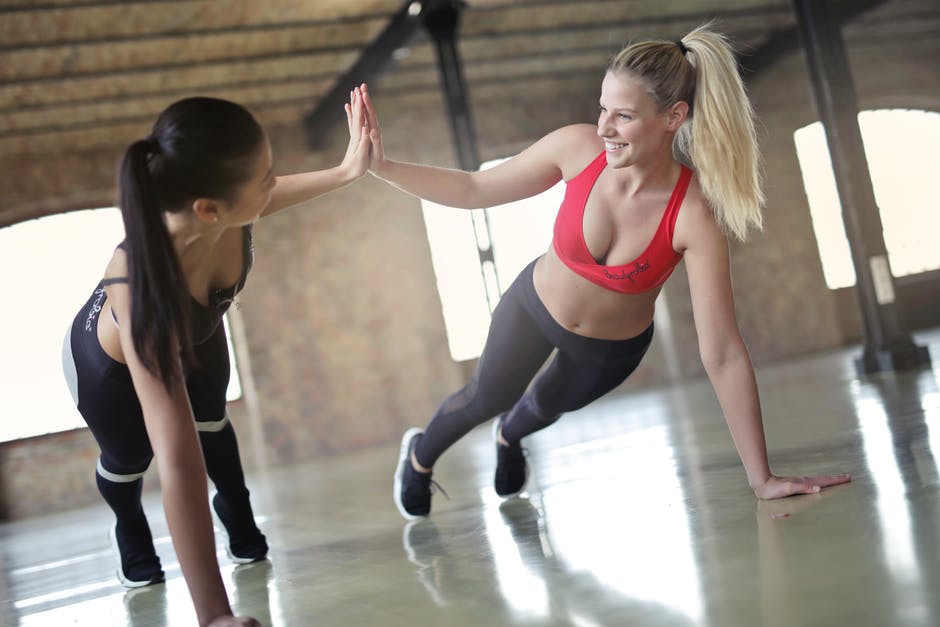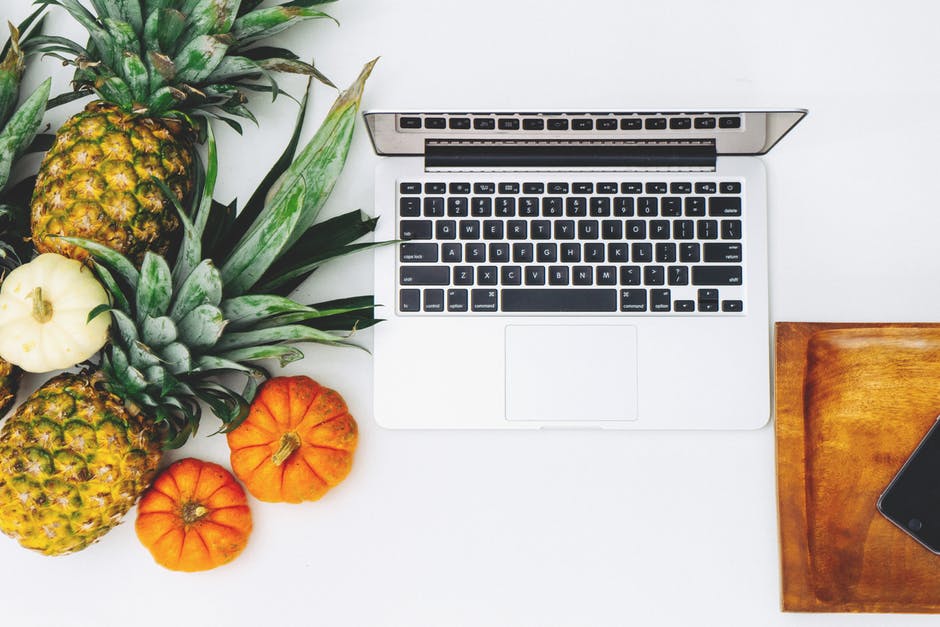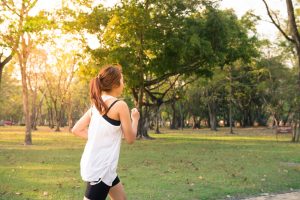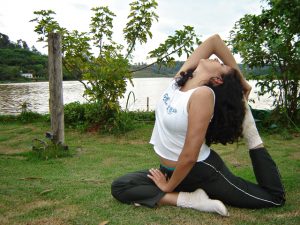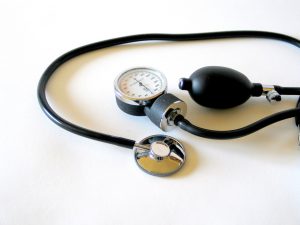Every dog owner knows the mix of joy and chaos that comes with having a furry friend at home. From wagging tails to unexpected messes, life with a dog is never dull. Part of keeping that joy alive is ensuring pets stay healthy and comfortable, which often starts with simple things like dog flea treatment and a consistent dog grooming schedule. These small routines can make a world of difference, not just for the dog’s well-being but for the peace of mind of the owner. When dogs feel good on the inside and out, it shows in their energy, their mood, and even their affection levels.
Morning routines often set the tone for the entire day. Imagine a quiet Sunday morning, a steaming cup of coffee in hand, and a dog curled up next to the couch. A quick check for signs of irritation, brushing the coat, and noticing little changes in behaviour can prevent problems before they grow. Regular care helps dogs feel cared for, and that feeling of safety lowers stress, just as it does for humans. A routine that includes brushing, bath time, and inspecting for pests isn’t just maintenance; it’s a form of bonding, a gentle conversation with a friend who listens without words.
Dogs thrive on predictability. Knowing when a walk will happen, when meals will be served, and when playtime begins gives them a sense of security. It’s the same sense humans get from having a predictable rhythm to the day. For dogs, a consistent schedule can reduce anxiety, prevent hyperactive bursts, and even improve their sleep patterns. Owners often notice that dogs who stick to a routine are calmer around visitors and adapt more easily to changes, like a new puppy joining the family or a move to a new home.
Mealtime is another corner of a dog’s routine that shouldn’t be overlooked. While it may seem simple, feeding at roughly the same time each day creates structure. Dogs often anticipate meals, and that excitement is part of the joy of their daily life. Choosing a healthy, balanced diet tailored to the dog’s age, breed, and energy level adds to their overall wellness. Watching a dog savour a meal, tail wagging in rhythm with the rhythm of life, is a reminder of why small details matter.
Playtime and exercise are essential threads in the fabric of a healthy dog routine. Dogs aren’t just pets; they are companions who need both mental and physical stimulation. A daily walk, a game of fetch, or even learning a new trick can strengthen the bond between dog and owner. These moments are not about checking off a box; they are opportunities to understand your dog’s personality, to laugh together, and to create shared memories. A dog that plays regularly is more relaxed and less prone to mischief at home, and an owner feels the rewards of that mutual joy.
Health checks don’t always require a veterinarian’s visit. Observing a dog’s coat, noticing changes in appetite, and paying attention to energy levels are all part of an effective, stress-free routine. When dogs feel itchy or uncomfortable, it’s often a subtle signal that something needs attention. Gentle grooming sessions allow owners to spot these signals early. A soft brush across the back, a quiet moment checking paws, or a calm bath can be more than hygiene; it’s reassurance, a tactile way of saying “you’re safe, you’re loved.”
Mental stimulation often gets overlooked, but it is just as important as physical care. Dogs have personalities, quirks, and preferences, and feeding their minds keeps them happy. Puzzle toys, short training sessions, or even letting them explore a new park give them challenges that are satisfying rather than stressful. A tired, content dog is a relaxed dog, and that translates to less stress for the owner, too. Mental engagement is a form of self-expression for dogs, allowing them to show curiosity, intelligence, and even a playful sense of humour.
Comfort and rest are the silent pillars of a dog’s well-being. A cozy bed, quiet corners, and predictable downtime ensure that dogs recharge properly. Dogs are masters of napping, often knowing exactly when to retreat and rest. Respecting these periods is part of a health-conscious routine. Owners who observe and adapt to these signals foster a calmer household where everyone, humans and dogs alike, can relax and enjoy life without constant tension.
Social connections also shape a dog’s health in surprising ways. Time with other dogs, family members, or even friendly neighbours teaches lessons in communication, patience, and trust. Dogs that are gently exposed to social environments grow more confident and adaptable. That confidence shows in their overall behaviour, from relaxed greetings to calm presence during trips to the park. These experiences are like tiny life lessons, helping dogs navigate the world with ease, and owners enjoy the confidence of knowing their pet is emotionally balanced.
Creating a stress-free routine doesn’t require perfection. Life has interruptions, and flexibility matters. The goal isn’t a rigid schedule, but a rhythm that balances care, attention, and love. Small moments, whether it’s a gentle scratch behind the ear, a surprise treat, or a quiet walk at sunset, accumulate into a life that feels safe, joyful, and fulfilling. Dogs, with their unspoken gratitude and boundless loyalty, respond to these moments in ways that make the effort worthwhile.
At the end of the day, a dog’s health is more than medicine or brushing. It’s about presence, observation, and consistency. Simple acts, when performed regularly, create a life where dogs thrive, and owners feel connected. Watching a dog curl up contentedly after a playful day, or noticing the shine in a healthy coat, is a reward beyond any checklist. Stress-free routines aren’t just about avoiding illness; they are about nurturing the relationship between dog and human, one day, one habit, and one loving moment at a time.









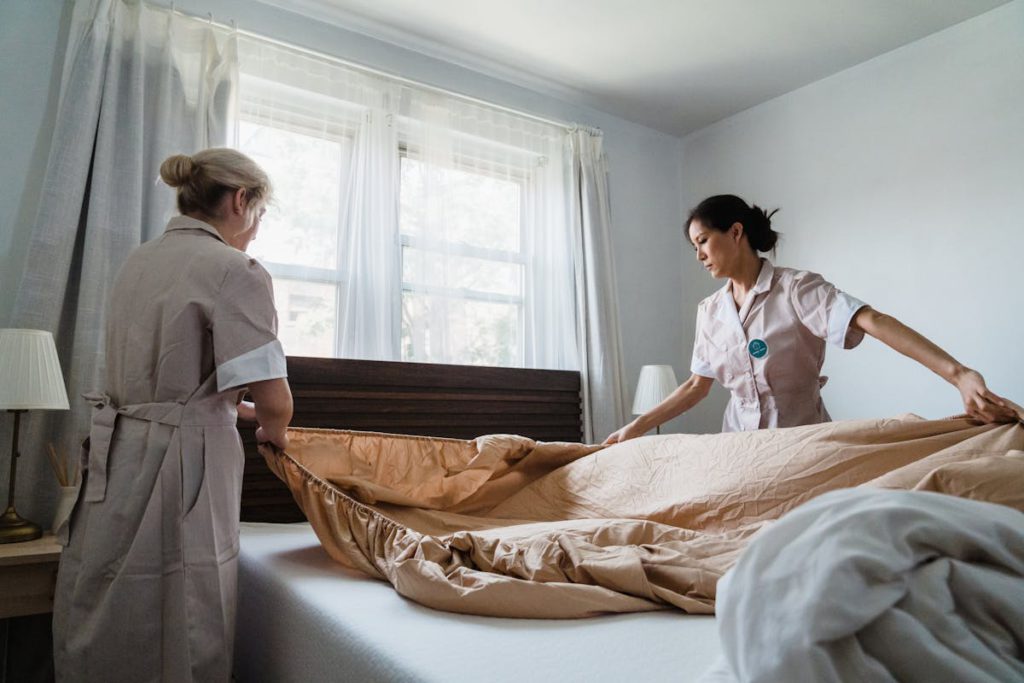
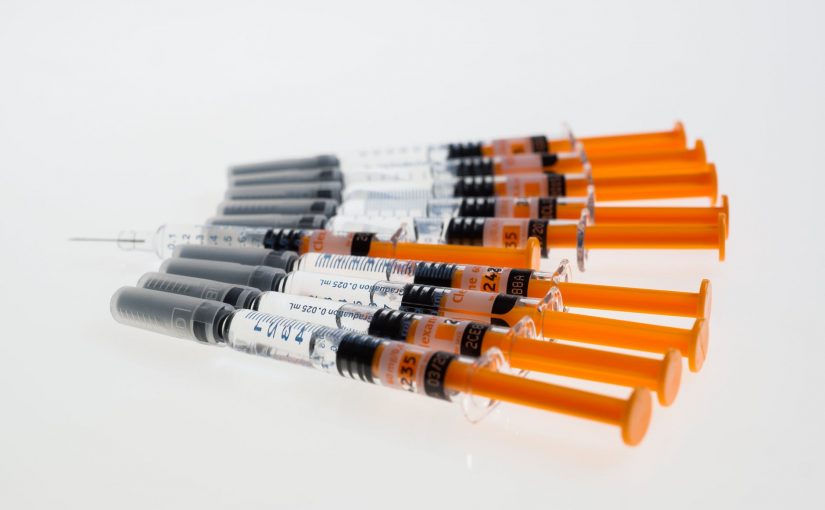
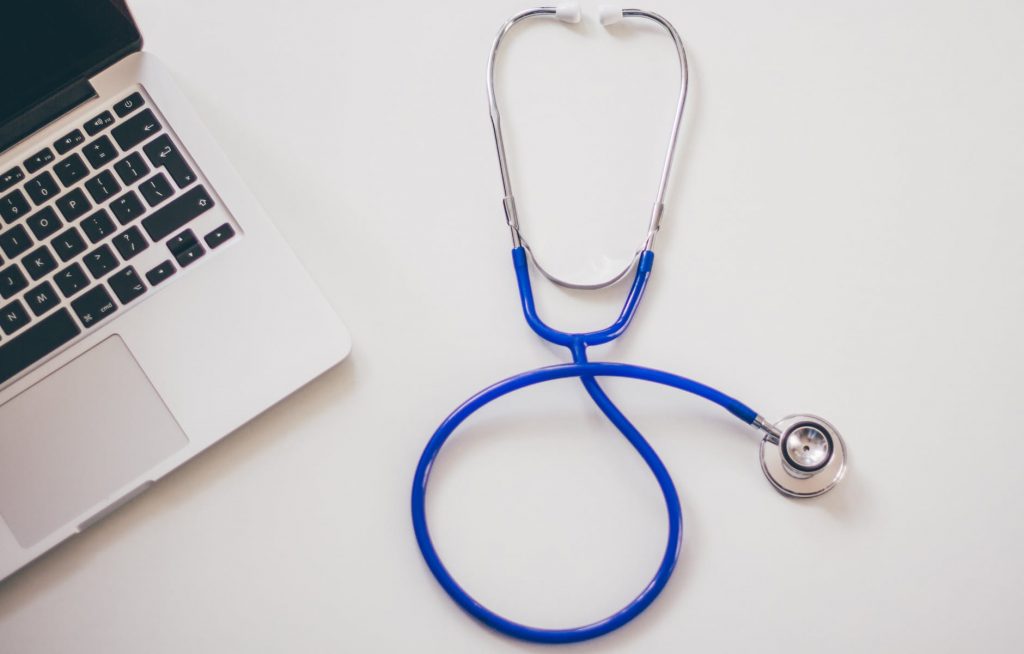




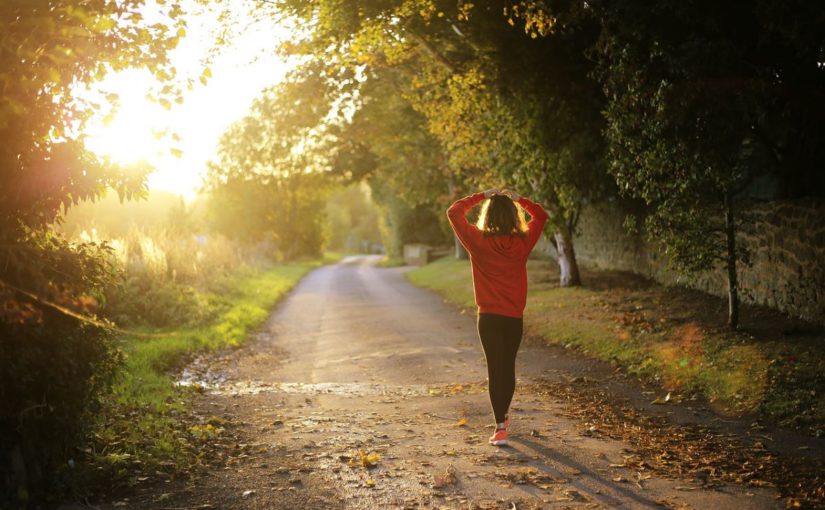
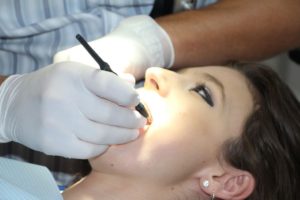




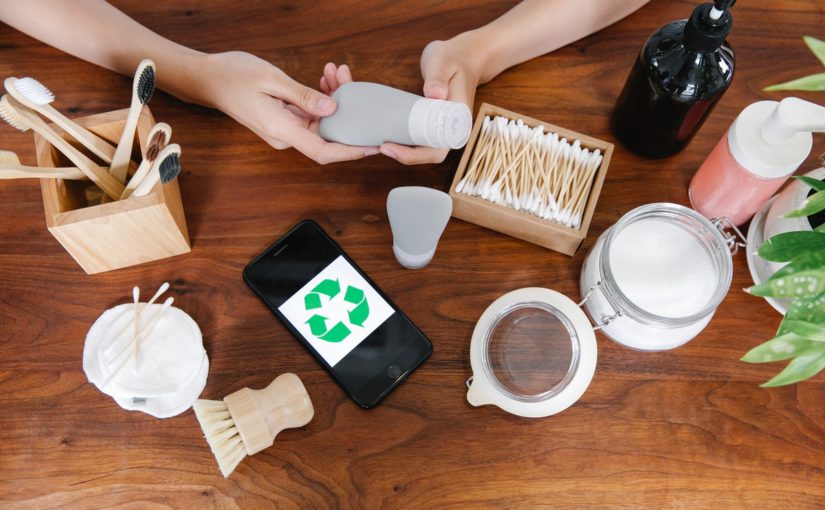

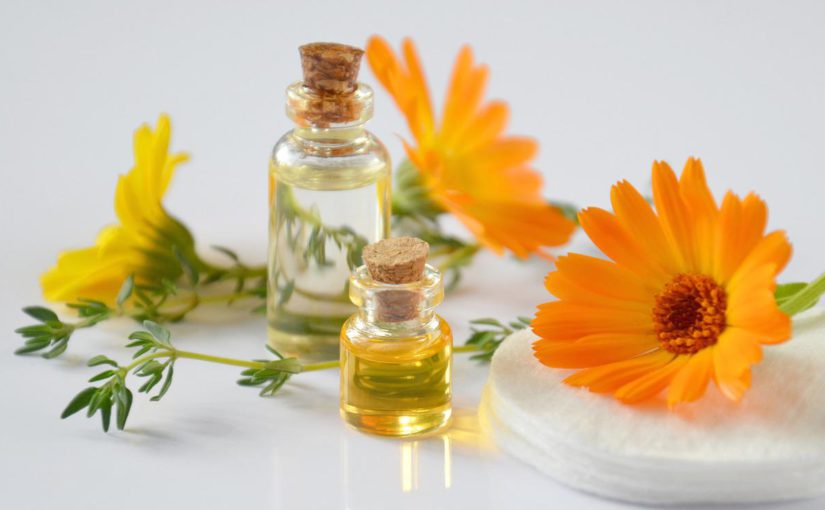
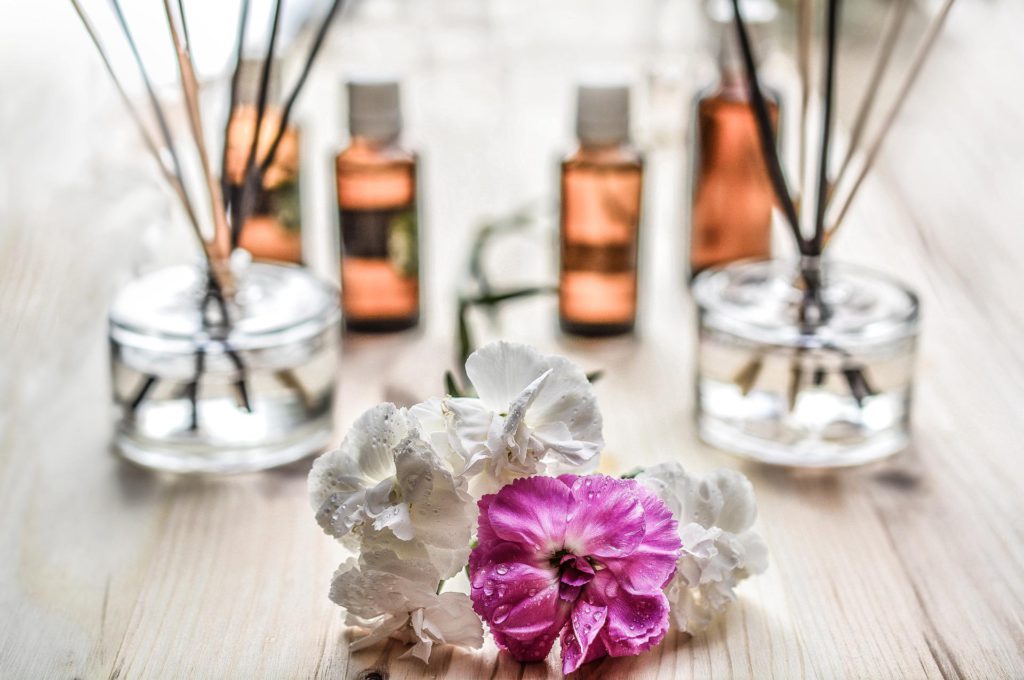




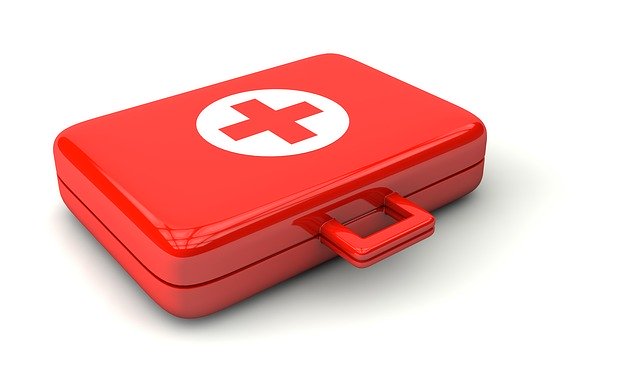
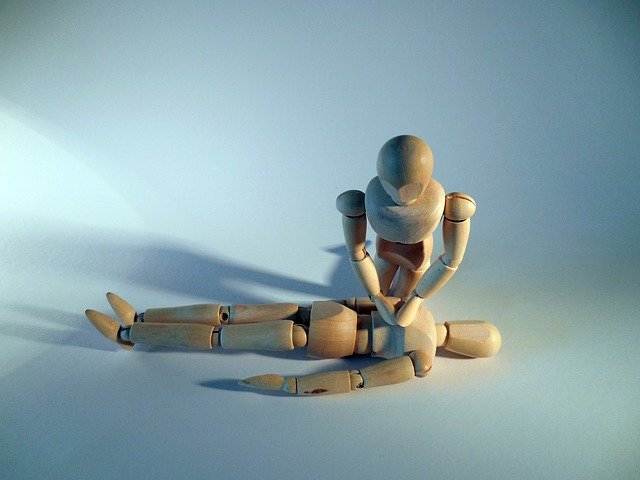


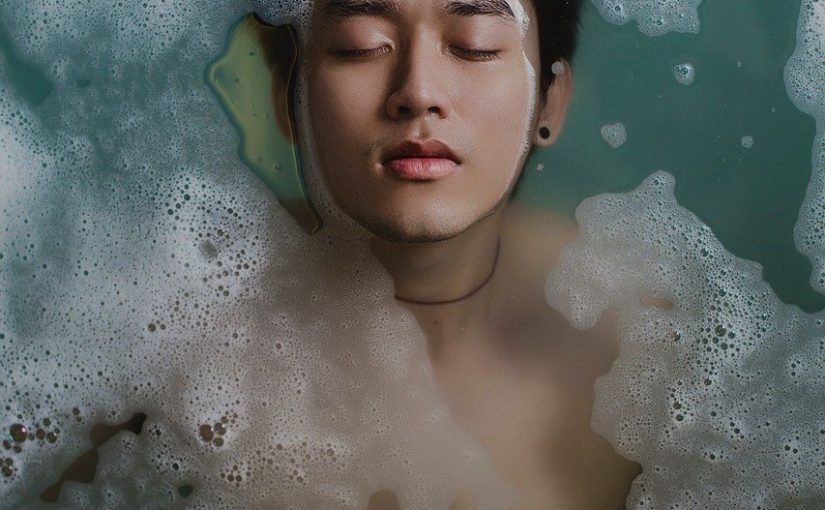



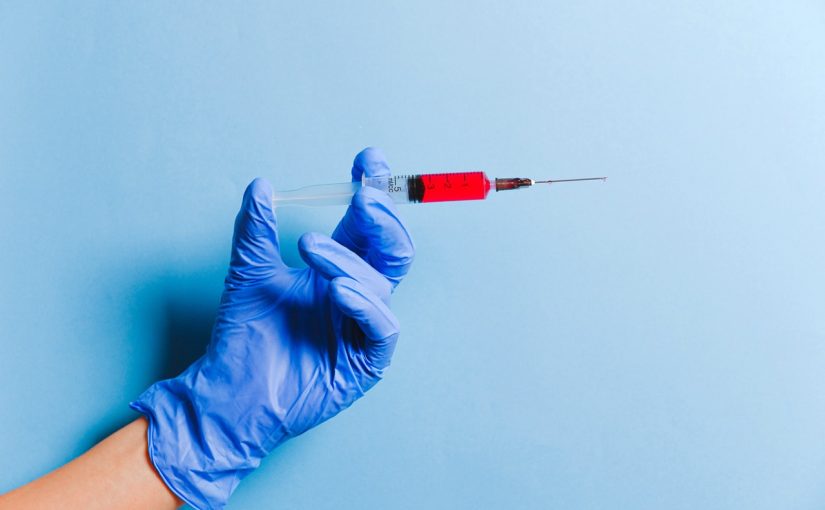
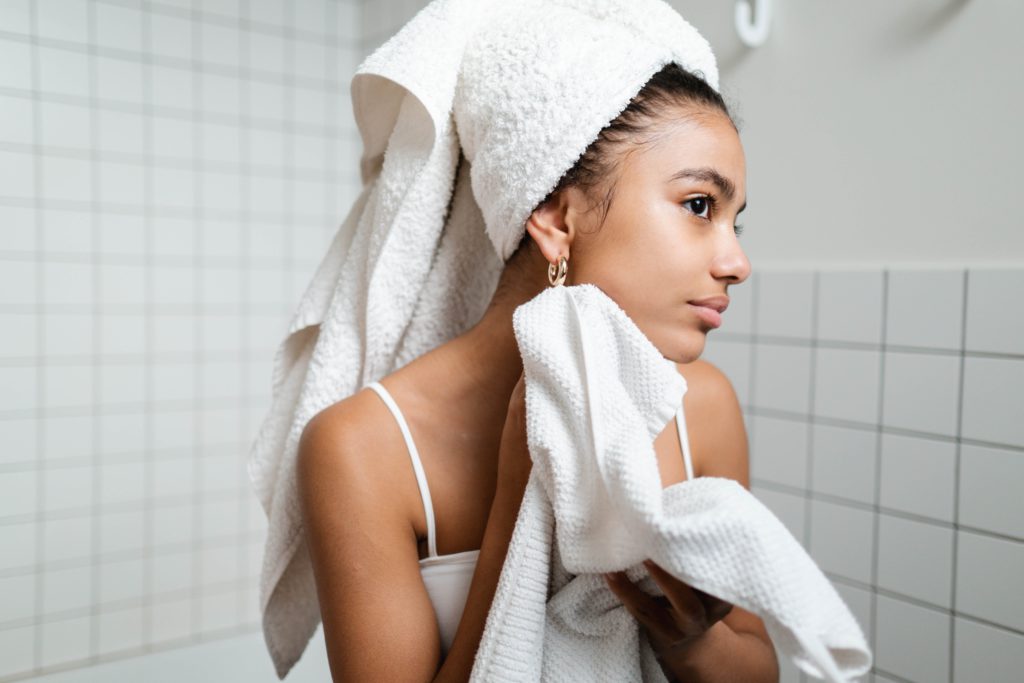
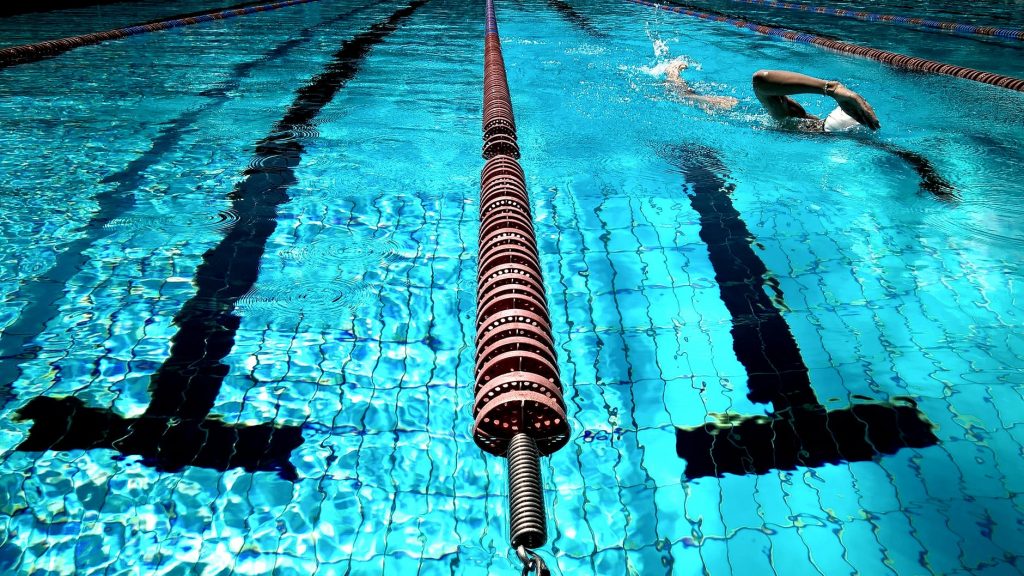


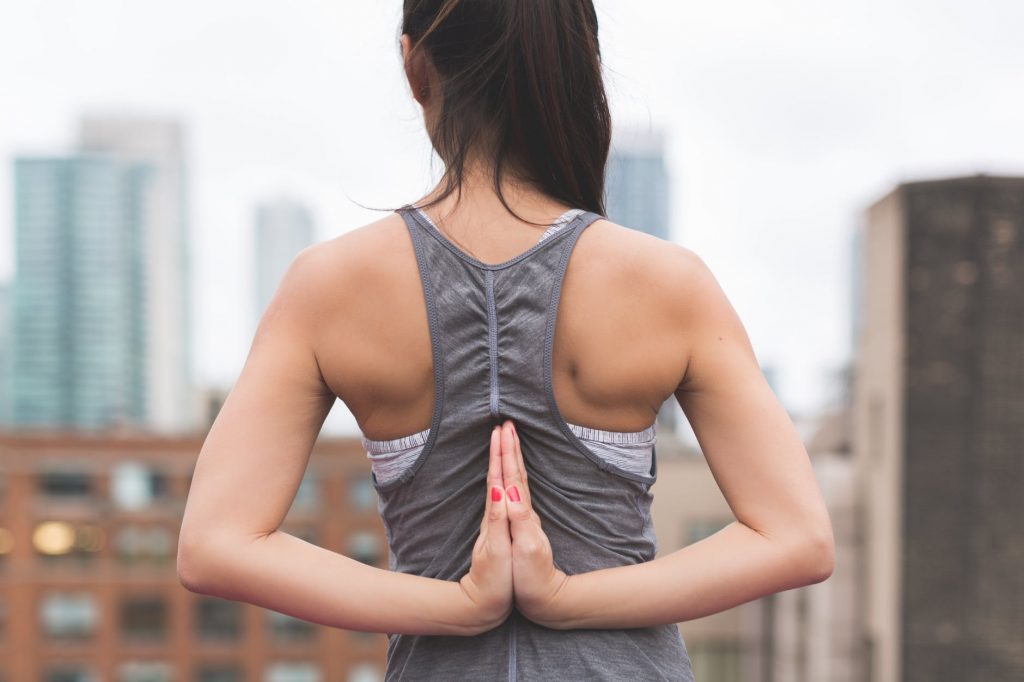
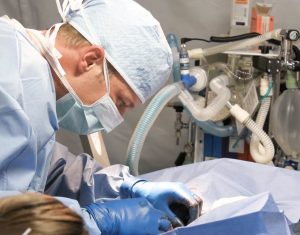 Successful communication is the basis on which you’ll be able to develop trust with your patients and their families. Now you go through a getting-to-know-you stage with the individual which works better if you can easily set a snapshot of the life, like learning in their hobbies, friends, loved ones, and their day to day tasks and working atmosphere. An important part of becoming a fantastic contributor is obviously educating patients about the variety of health issues they’re facing. Talking through the healthcare process and steps with patients reassure them that they are in safe hands and shows them that you are knowledgeable and that you truly care. Being a fantastic listener is just as important, you ought to completely hear out all of the concerns and inquire follow up questions of your individual prior to arriving at any decision. Sometimes patients just need someone to talk to and to ask questions and understand the situation.
Successful communication is the basis on which you’ll be able to develop trust with your patients and their families. Now you go through a getting-to-know-you stage with the individual which works better if you can easily set a snapshot of the life, like learning in their hobbies, friends, loved ones, and their day to day tasks and working atmosphere. An important part of becoming a fantastic contributor is obviously educating patients about the variety of health issues they’re facing. Talking through the healthcare process and steps with patients reassure them that they are in safe hands and shows them that you are knowledgeable and that you truly care. Being a fantastic listener is just as important, you ought to completely hear out all of the concerns and inquire follow up questions of your individual prior to arriving at any decision. Sometimes patients just need someone to talk to and to ask questions and understand the situation.
